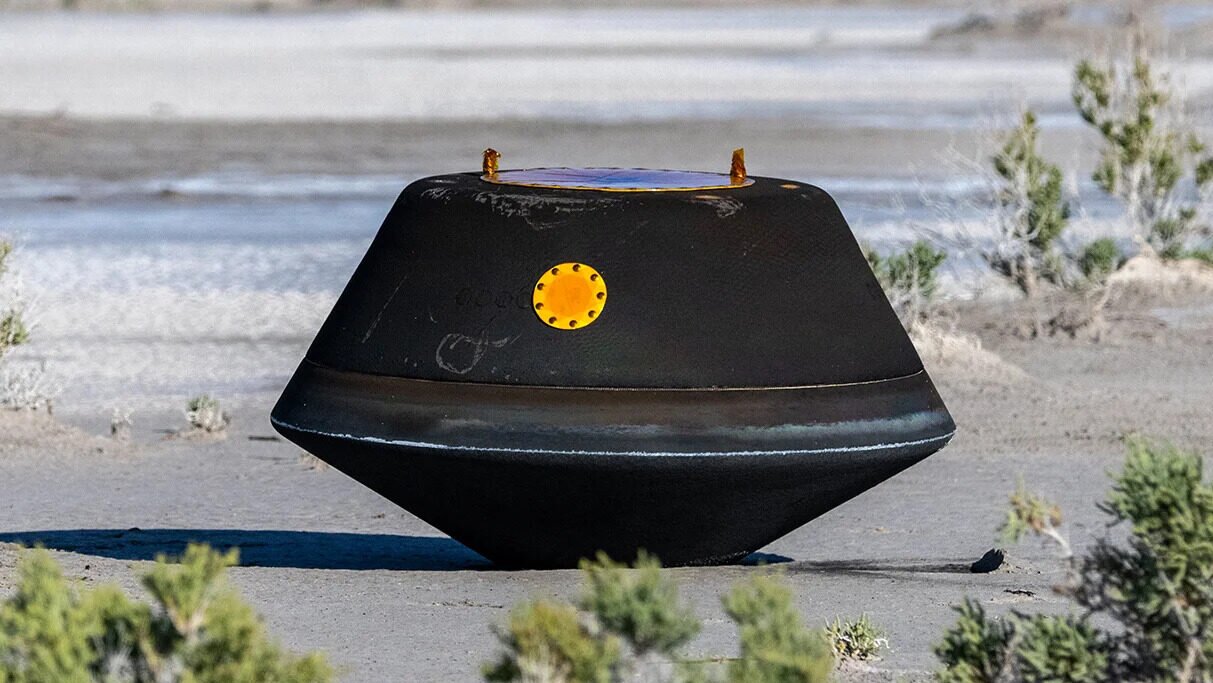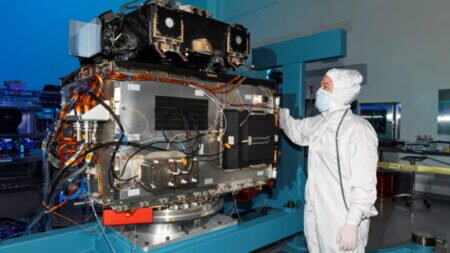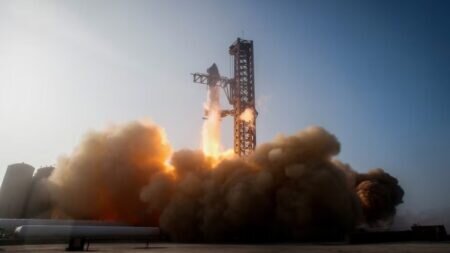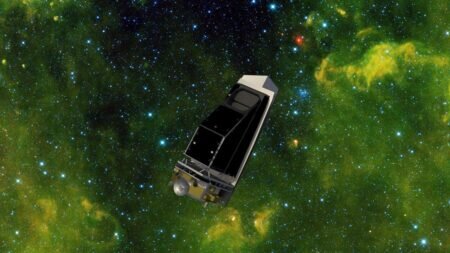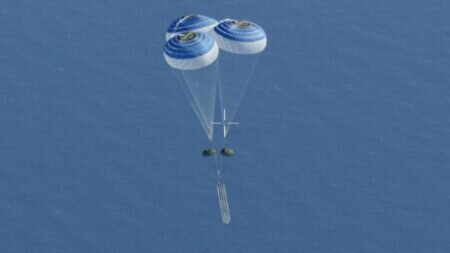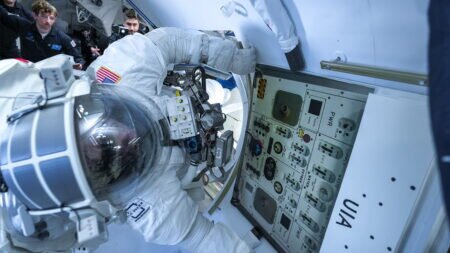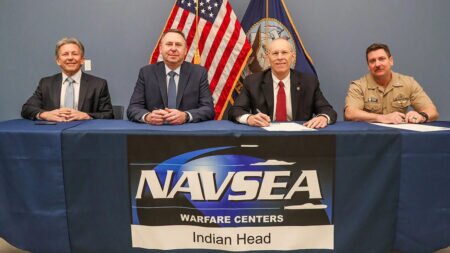Aerojet Rocketdyne, an L3Harris Technologies company, played a key role in NASA’s successful delivery of the United States’ first asteroid sample to Earth. Aerojet Rocketdyne engines helped propel NASA’s OSIRIS-REx spacecraft throughout its mission - from its launch aboard an Atlas V rocket to asteroid surveillance, sample capture and return.
The OSIRIS-REx spacecraft, built by Lockheed Martin, returned its sample capsule containing material from asteroid Bennu to the Department of Defense’s Utah Test and Training Range. Scientists will study the rocks and dust collected in 2020 from the asteroid’s surface to learn about the formation of our solar system 4.5 billion years ago.
“Our propulsion was invaluable in propelling and steering the spacecraft, as well as returning it safely to Earth,” said Ross Niebergall, President, Aerojet Rocketdyne. “The successful completion of the mission highlights the reliability and performance of our in-space propulsion products.”
Launched atop United Launch Alliance’s Atlas V rocket on Sept. 8, 2016, Aerojet Rocketdyne provided an AJ-60A solid rocket motor, an RL10C-1 Centaur upper stage engine, twelve MR-106 reaction control thrusters on the Centaur upper stage and six pressurized Helium tanks. Aerojet Rocketdyne is the sole spacecraft propulsion provider, providing all 28 rocket engines onboard the OSIRIS-REx spacecraft, including four 60-lbf MR-107S, six 5-lbf MR-106L, 16 1-lbf MR-111G and two 0.02-lbf MR-401 engines.
OSIRIS-REx’s seven-year mission took the spacecraft over 1.4 billion miles, relying on a series of positioning maneuvers dependent on Aerojet Rocketdyne propulsion. NASA has extended the spacecraft’s mission, renaming it OSIRIS-APEX, and it will explore another asteroid, Apophis. In 2029, when Apophis passes near Earth, the spacecraft will use Aerojet Rocketdyne propulsion to keep pace with the asteroid and enter its orbit.

